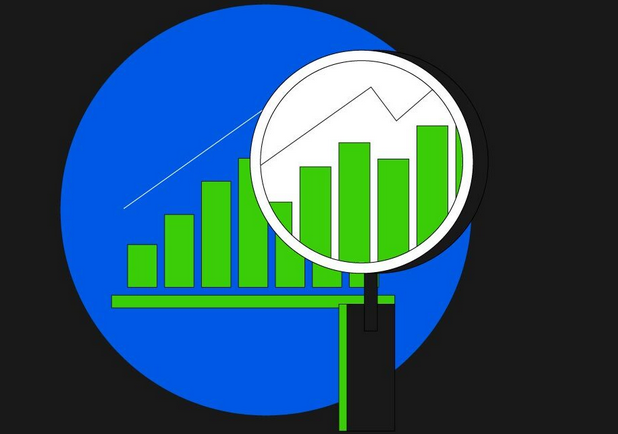The world of cryptocurrency can seem like a bewildering labyrinth of information, data, and trends, but it doesn’t have to be. By breaking down this complex landscape into manageable chunks, you can become a more informed and confident crypto investor. In this article, we’ll explore the essential elements you need to understand to effectively read the crypto market.

Understanding Market Sentiment
Market sentiment is the collective attitude of investors and traders toward a particular cryptocurrency or the market as a whole. It can sway prices, drive trends, and create opportunities or risks. To gauge market sentiment:
- Social Media and Forums: Keep an eye on crypto-related social media platforms, forums, and chat groups. Pay attention to discussions, opinions, and emotional responses from other investors. These can provide insights into the sentiment surrounding a specific cryptocurrency.
- News and Events: Stay updated on cryptocurrency news. Major developments, partnerships, regulatory changes, and security breaches can significantly affect market sentiment. Knowledge is your best ally in the crypto world.
Analyzing Price Charts
Price charts are visual representations of a cryptocurrency’s historical performance. Understanding these charts is key to reading the crypto market.
- Candlestick Patterns: Learn to interpret candlestick patterns, which show price movements over time. Patterns like Doji, Hammer, and Shooting Star can indicate potential reversals or continuations in price trends.
- Support and Resistance Levels: Identify key support (price floor) and resistance (price ceiling) levels. These help you determine entry and exit points for your investments.
Evaluating Fundamental Analysis
Fundamental analysis involves assessing a cryptocurrency’s intrinsic value by examining factors such as:
- Team and Technology: Research the team behind a cryptocurrency. Do they have a track record of successful projects? Analyze the underlying technology, as innovations can set a cryptocurrency apart.
- Use Case and Market Need: Does cryptocurrency solve a real-world problem? Assess its potential for adoption and utility.
- Market capitalization: The market cap represents a cryptocurrency’s overall value. Compare it to other cryptocurrencies and assess its growth potential.
Applying Technical Analysis
Technical analysis relies on historical price data and volume to make predictions about future price movements:
- Moving Averages: Use moving averages (e.g., the simple moving average, or SMA) to smooth out price data and identify trends over specific time periods.
- Relative Strength Index (RSI): The RSI measures the speed and change of price movements. An RSI above 70 can indicate an overbought market, while an RSI below 30 can suggest an oversold market.
Risk Management and Strategy
Successful crypto market reading also involves effective risk management and strategy.
- Diversification: Don’t put all your eggs in one crypto basket. Diversify your portfolio to spread risk.
- Stop-Loss Orders: Consider setting stop-loss orders to limit potential losses by automatically selling a cryptocurrency if it reaches a certain price.
Final Thoughts
By breaking down the intricacies of reading the crypto market into these fundamental components, you can embark on your cryptocurrency investment journey with confidence and understanding. Remember that the crypto market is dynamic, so continuous learning and adaptation are keys to success.
Stay updated on the latest market trends and news, and always approach cryptocurrency investments with a clear strategy and risk management plan. The crypto world may be complex, but with the right knowledge and mindset, you can navigate it effectively and make informed decisions.

